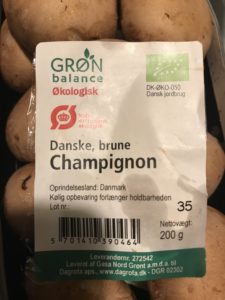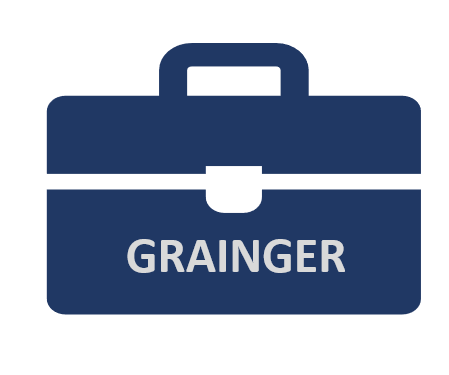 The Danish Agricultural Agency main objective is to maintain the best working conditions for Danish agriculture so that Denmark’s agriculture is among Europe’s best. The Danish Agricultural Agency ensure growth and jobs for the benefit of the whole country and at the same time secures the Danish climate and environment, carried out by
The Danish Agricultural Agency main objective is to maintain the best working conditions for Danish agriculture so that Denmark’s agriculture is among Europe’s best. The Danish Agricultural Agency ensure growth and jobs for the benefit of the whole country and at the same time secures the Danish climate and environment, carried out by
- giving grants – sponsored mainly by the EU and
- controlling the farmers to ensure that they keep the laws and work within the grants’ rules.
The agency manages the controlling system and is updated yearly because of changing rules and legislation. The IT changes are done by a small group of developers who are specialised in configuring and changing the control system.
I took over responsibility for that group in late October 2018. Unfortunately, the work of the coming months up to the end of the year was neither planned nor commenced. The result was a lot of delays and poor communication with the controllers that needed to use the system. The same could quickly have happened again in 2019. But instead of traditional waterfall planning, I strived to work more agile. At the same time, management decided to implement SAFe throughout the IT organisation, which allowed for multidisciplinary SCRUM teams, an excellent initiative that supported the agile way of working and the collaboration with the business people that I had already started.
In the beginning, my role in the transition was a traditional System/Project Manager. One of the first objectives was to control the scope and the timetable. The resources available were fixed because of the specialisation of the developers’ work – scalability was not an option. Implementation was a bit complicated because most of the deliveries should be implemented around the turn of the year.
- The first incorporation with the controllers – the product backlog was established in TFS (Microsoft Team Foundation Server, also called Devops if working in the MS cloud) broken down into Epics, Features, and User Stories; this was an ongoing process because of changing priorities. We established a clear picture of when the features should be ready in TFS.
- Second, we started to use the KANBAN board in TFS, this was new for the team, and it took some time before they were comfortable using it.
- Third, SAFe was introduced, creating transparency and creative dialogue with controllers and their managers, starting further improvements. And prioritising became even sharper when a product owner was assigned, managing all the detailed discussions with the controllers and their management.
3 Learning points:
- Communicate clearly and secure a commitment from the team.
- Have a close corporation with the users to provide the team with manageable user stories.
- Use the right tools to manage the process. In this case, TFS (DevOps) is among the best tools for agile projects.
